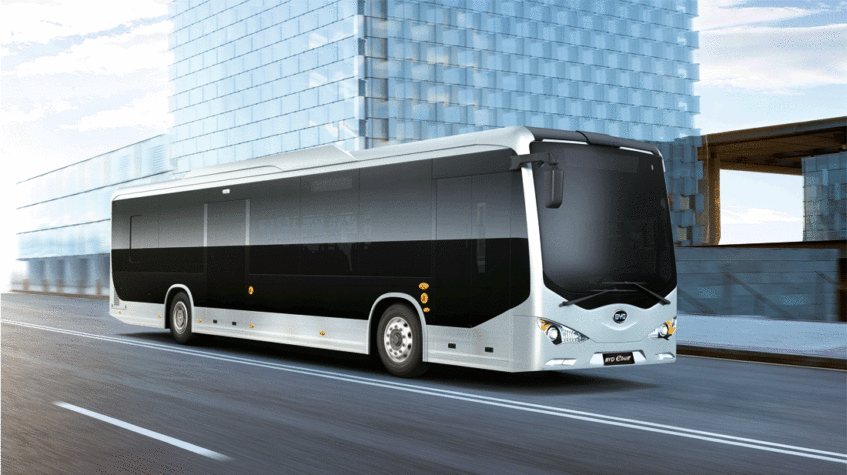The “electron economy” refers to a global shift towards using electricity as the main energy carrier. The term was coined in 2006 by Ulf Bossel, a fuel cell engineer and entrepreneur. In 2007, Michael Hoexter neatly summarized the electron economy concept based on Bossel’s ideas in a blog article that is unfortunately no longer accessible on the internet:
- “Electricity, it turns out, is a highly efficient and flexible carrier of energy.
- Electric motors are highly efficient energy conversion devices (85 to 95% efficiency vs. 15-25% for typical gasoline engines).
- Newer (hydrogen) and older competitors (fossil fuels) to electricity are less efficient and/or have environmental drawbacks.
- We already have over a century of experience with electricity.
- Renewable energy sources (wind, sun, tides, geothermal heat) can usually most efficiently be converted to electricity rather than to other carriers like biofuels (solar cells, though currently expensive, are up to 400 times more efficient in converting sunlight into energy than plants).
- We should focus on transitioning to a largely electric energy infrastructure with the probable exception of fuels for aviation and shipping, where biofuels will have advantages.
- Increasing the energy-to-weight ratio and usefulness of electricity storage devices (batteries, etc.) is largely a technical and economic issue that will change for the better, as has been already witnessed in the portable electronics industry. Setting today’s battery capacity as an upper-limit to what can be done with batteries and electricity storage is a political move, not based on reasonable expectations for even modest technological improvements.
- Even an economy fueled in part by fossil fuels can be made less environmentally damaging by increased use of electricity as an energy carrier and using electric energy conversion devices like electric motors.Using fossil fuels in highly efficient fuel cells and combined-cycle power plants to generate electricity is second-best to electricity generated by renewable sources but may play transitional roles to a carbon-neutral economy.”
The above seems to be quite prescient today (about 10 years later), in light of the rapid growth in recent years in renewable and electricity storage technologies (such as batteries and fuel cells). You can learn more about the electron economy from a slideshow by Prof. Robert Cormia that you can find here.
The International Energy Agency indicated just last month that it has significantly increased its five-year renewable growth forecast, following a record year for renewables in 2015. For the first time, more than half the new power capacity added globally in 2015 was renewable. Some staggering numbers:
- About half a million solar panels were installed every day in 2015
- In China, on average two wind turbines were installed every hour in 2015
The spectacular growth in renewables is partly due to regulation and partly due to the rapidly decreasing cost. It is also driven by commitments to move towards deriving 100% of their energy use from renewables by large corporates such as Walmart and Amazon.
On the electric vehicle front, the 2016 Paris Motor Show confirmed a clear shift towards electric vehicles (EVs) by most major car manufacturers. And in a first for Africa, the City of Cape Town will be adding 11 electric buses to its MyCiti Bus Rapid Transit fleet!
South African-born Elon Musk is also pushing ahead with his bold vision of an electric future, with the recent launch of well-designed solar roof tiles and Tesla’s acquisition of SolarCity.
Even the South African government is starting to feel the winds of change blowing: in a very recent presentation on the latest draft of the Department of Energy’s Integrated Resource Plan, nuclear build is now pushed out to come online only in 2037 (vs the previous 2029), and renewables are given a bigger role. The draft will be published for public comment.
The Department of Energy’s own Ministerial Advisory Committee on Energy recently released a report that indicated that the least cost scenario for South Africa’s future energy production includes NO new nuclear, and mostly renewables with natural gas as peaking capacity. (You can read more on the analysis here, and find a detailed presentation here.)
Here’s to our electric future!
